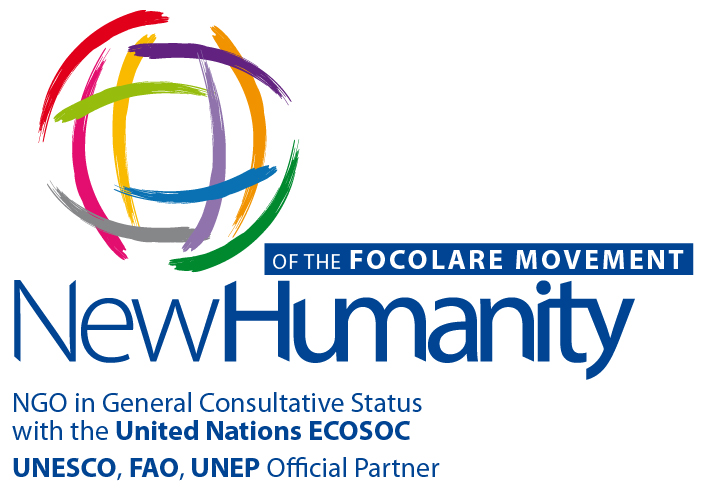As the Saudi crown prince, Mohammad bin Salman (MBS), continues his official trip in the United States, the war in Yemen enters its fourth year: in March 2015, the Saudi-led Arab coalition started a controversial military intervention in Yemen, with the purpose to reinstate the government after a coup by insurgents in Sana’a. After years of stalemate, the conflict is still under way: nobody is winning the war, while diplomacy keeps on failing. What is the impact of the conflict on Yemen’s tribal, political, economic, and military structures? What about the future of reconstruction in the country? Beyond the short-sighted narratives based on a “Saudi-Iranian proxy war”, this ISPI Dossier aims at assessing the original drivers and domestic implications of the Yemeni crisis, identifying which dynamics will matter most in post-conflict Yemen.

Yemen’s State (Re)building: a Tale of Too Many Obstacles
The Sana’a Center for Strategic Studies (SCSS).

Tribes in Yemen: Dominant, but not a Single Bloc
University of Towson, Maryland
 Vague and Flexible: Explaining the Houthi Movement’s Resilience
Vague and Flexible: Explaining the Houthi Movement’s Resilience
Austrian Academy of Sciences (ÖAW)

Yemen’s Southern Secessionists Divided By Regional Identities
Centre National de la Recherche Scientifique (CNRS)

Yemen’s Military: From the Tribal Army to the Warlords
NATO Defense College Foundation and ISPI
 Transnational Insecurity in the Gulf of Aden
Transnational Insecurity in the Gulf of Aden
University College London (UCL)
 Yemen: the Sectarianization of a Political Conflict
Yemen: the Sectarianization of a Political Conflict
ISPI Research Fellow
Infographic: Yemen, Three Years On: Trapped in War
ISPI Analysis: The Yemeni Conflict. Genealogy, Game-Changers and Regional Implications
ISPI Analysis: From Insurgents to Hybrid Security Actors? Deconstructing Yemen’s Huthi Movement



